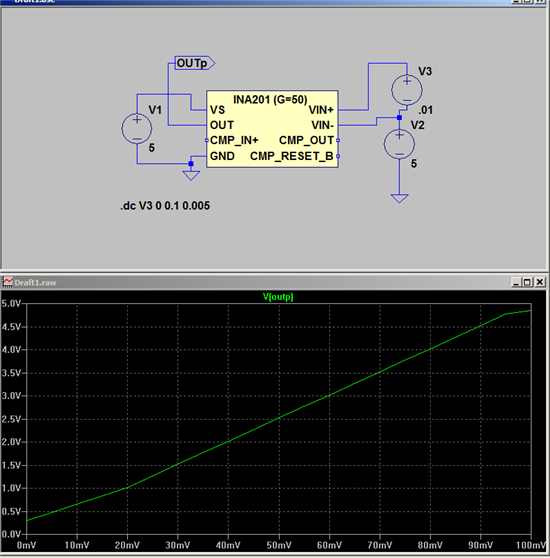Hello all,
I'm thinking of using INA201 to check some power supply status (ON/OFF) based on measured current.
Let's say I have to trig if current is about 10% of max current. To get more that 20mV at that point I have to use a large Rsense value which causes saturation of the amplifier at about 30% of max current. It's not a problem for me but will it cause unexpected behavior / premature aging / over-consumption / any failure ?
Thank you for you help,
Thomas.
P.S. Reducing the gain by choosing INA200 is also an option. For your information I see no difference between INA200 and INA201 in simulation using LTSPICE ;(



